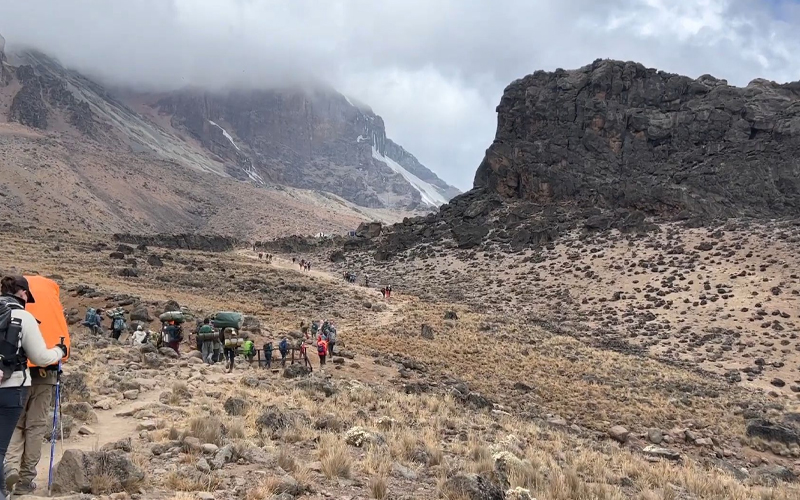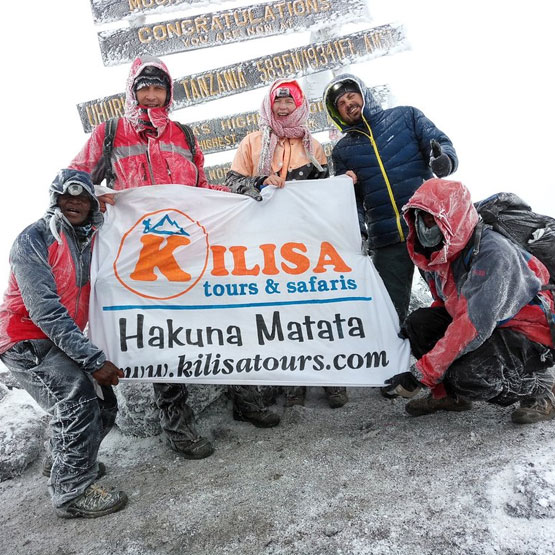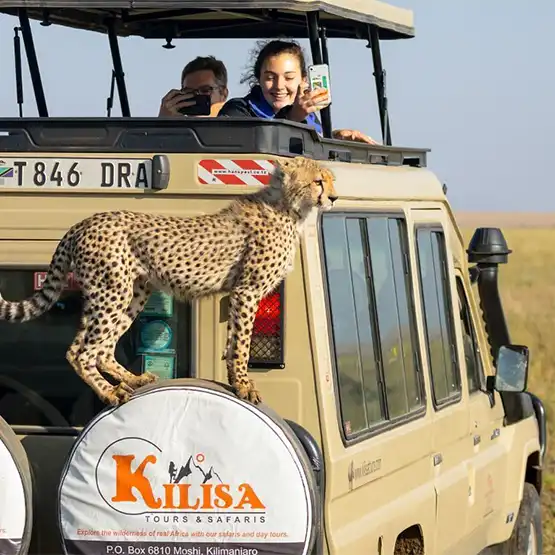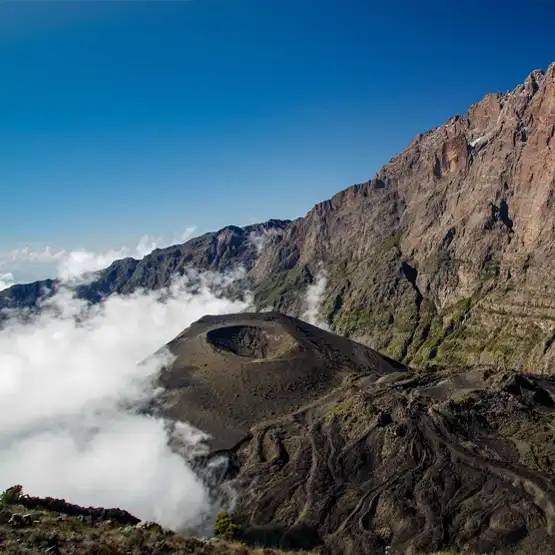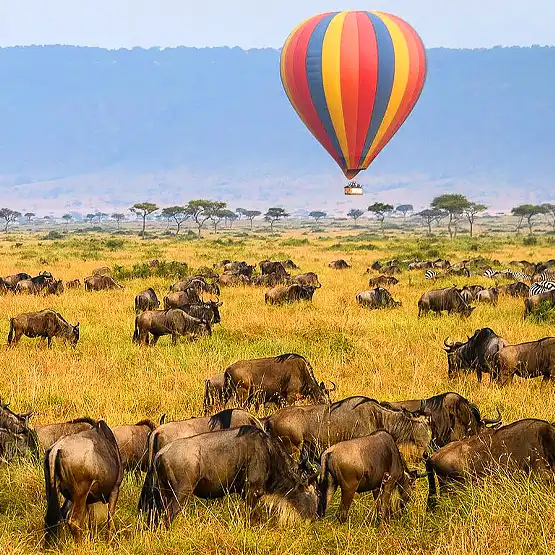How to climb Mount Kilimanjaro in 2025
Mount Kilimanjaro, the “Roof of Africa,” remains one of the most iconic trekking adventures in the world. Rising to an impressive 5,895 meters (19,341 feet), it’s the highest free-standing mountain on Earth and a bucket-list challenge for trekkers across the globe. If you’re planning to conquer Kilimanjaro in 2025, this guide will provide you with all the essential tips to ensure a successful and memorable climb.
1. Choosing the Right Route
Kilimanjaro offers several routes, each varying in difficulty, scenery, and acclimatization success rates. Here’s a quick overview:
- Machame Route (6-7 Days): Known as the “Whiskey Route,” this is popular for its scenic beauty but requires good fitness.
- Marangu Route (5-6 Days): The “Coca-Cola Route” offers hut accommodations but has lower success rates due to shorter acclimatization time.
- Lemosho Route (7-8 Days): One of the most scenic and quieter routes, ideal for acclimatization.
- Northern Circuit Route (8-9 Days): The longest route with excellent acclimatization and minimal crowding, perfect for those seeking a unique experience.
- Rongai Route (6-7 Days): The only route approaching from the north, it’s drier and less crowded.
Pro Tip: For the best chance of reaching the summit, choose an itinerary lasting at least 7 days.
2. The Best Time to Climb Kilimanjaro in 2025
Kilimanjaro can be climbed year-round, but weather conditions greatly affect the experience. The two main trekking seasons are:
1. Dry Seasons:
- January to mid-March: Clear skies and warm weather, perfect for first-time climbers.
- June to October: Cooler but dry, with breathtaking views of the landscape.
2. Wet Seasons:
- Mid-March to May and November: Fewer crowds but increased rainfall, making trails slippery and challenging.
3. Preparing for the Trek
Climbing Kilimanjaro requires proper physical and mental preparation.
- Fitness Training: Start at least 3-4 months in advance. Focus on cardio, strength training, and hiking with a weighted backpack.
- Gear Checklist: Essential items include a high-quality sleeping bag, layered clothing, waterproof gear, trekking poles, and sturdy boots.
- Acclimatization: Choose a longer route to give your body time to adapt to the altitude. Remember the golden rule: “Climb high, sleep low.”
4. Costs and Budget
Climbing Kilimanjaro can cost between $2,000 and $6,000, depending on the route, operator, and duration. Key expenses include:
- Park Fees: Approximately $1,000, covering conservation, camping, and rescue fees.
- Guides and Porters: Hiring a licensed tour operator is mandatory, with guides, porters, and cooks ensuring your safety and comfort.
- Tipping: Budget $200-$300 per trekker for tips.
5. Health and Safety Tips
Altitude sickness is the primary challenge in Kilimanjaro. Reduce risks by:
- Trekking slowly to conserve energy and allow acclimatization.
- Staying hydrated by drinking 3-4 liters of water daily.
- Using altitude sickness medication like Diamox if recommended by your doctor.
Pro Tip: Know the symptoms of Acute Mountain Sickness (AMS), such as headaches, nausea, and dizziness, and communicate with your guide immediately if you feel unwell.
6. Packing Essentials
Here’s a quick checklist of items you must bring:
- Clothing: Thermal layers, waterproof jackets, fleece, gloves, and hats.
- Footwear: Sturdy hiking boots and warm socks.
- Gear: Headlamp, trekking poles, water bottles, and a daypack.
- Personal Items: Sunscreen, lip balm, snacks, first-aid kit, and toiletries.
7. Why 2025 is the Perfect Year to Climb
With the post-pandemic travel industry now in full swing, 2025 promises improved trekking infrastructure, fewer crowds on certain routes, and plenty of local operators offering tailored packages. Plus, it’s an excellent year for adventure travel, as many are seeking unique outdoor experiences.
8. Making the Most of the Experience
- Document Your Journey: Bring a good camera or smartphone to capture the stunning views.
- Immerse in Local Culture: Spend time in Moshi or Arusha before or after your trek to experience Tanzanian hospitality.
- Celebrate Your Success: Reaching Uhuru Peak is a once-in-a-lifetime achievement. Don’t forget to celebrate with your team!
Climbing Kilimanjaro in 2025 is more than just a physical challenge; it’s a transformative adventure that will leave you with lifelong memories. With proper preparation, the right mindset, and a bit of determination, you can stand tall on Africa’s highest summit.
Embark on Unforgettable Adventures in Tanzania!
Explore the Highlights:
- Mount Meru Climbing – Challenge yourself with this scenic trek.
- Mount Ol Doinyo Lengai Trek – Conquer Tanzania’s active volcano.
- What to Take for Your Tanzania Safari – Essential packing tips.
- How to Go on a Tanzania Safari – Plan the perfect safari experience.
Your journey awaits – start planning today!

